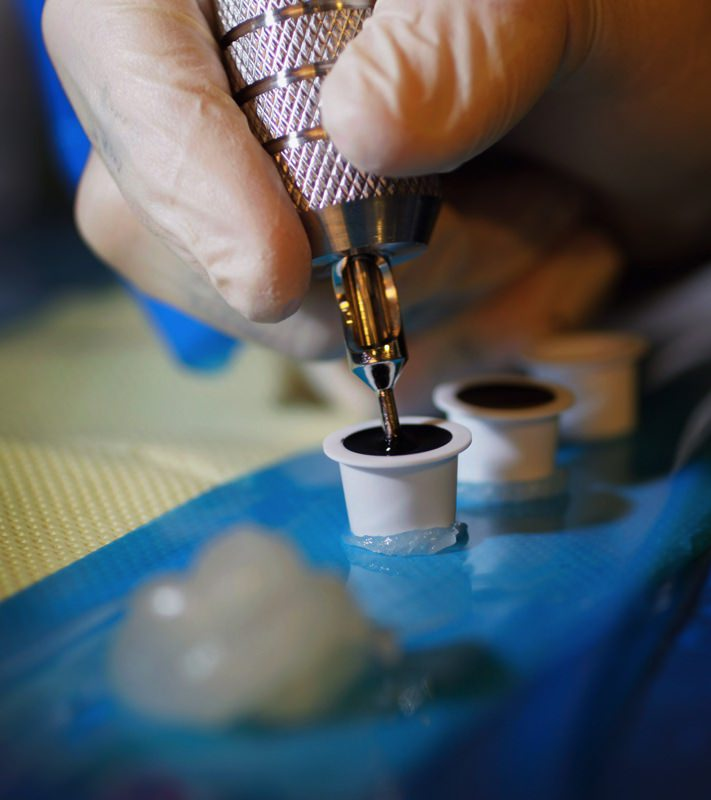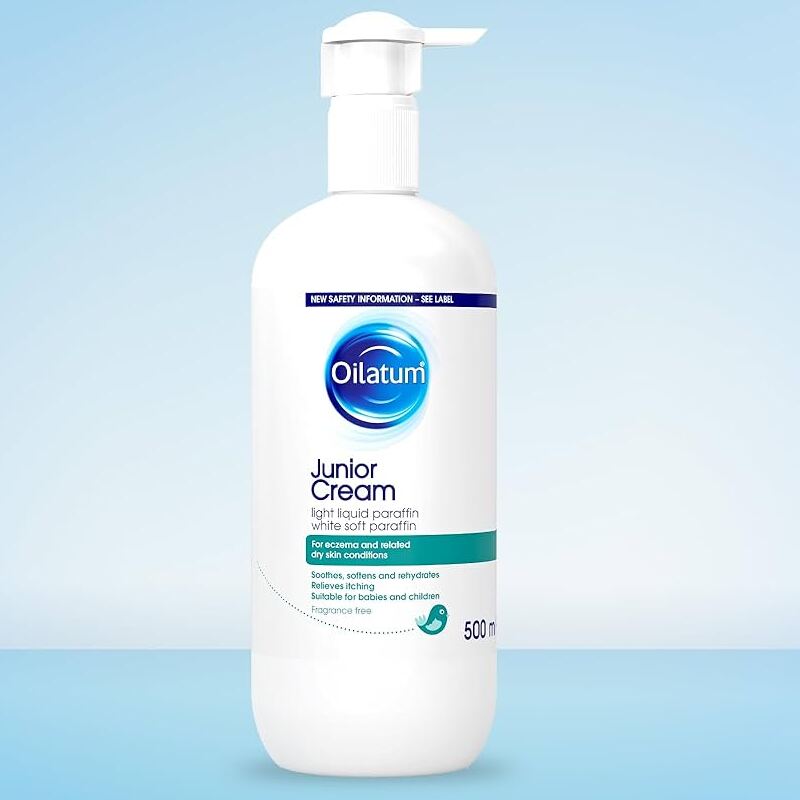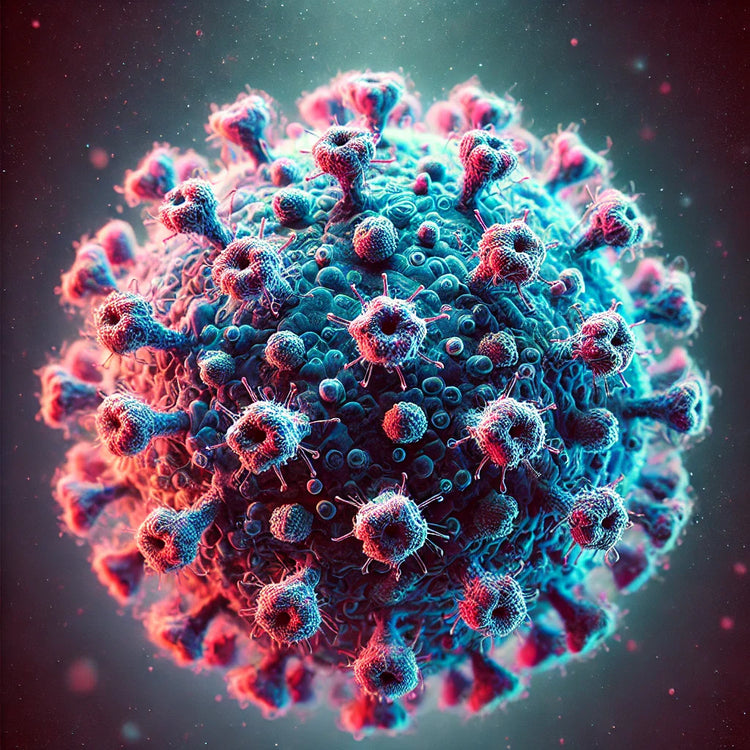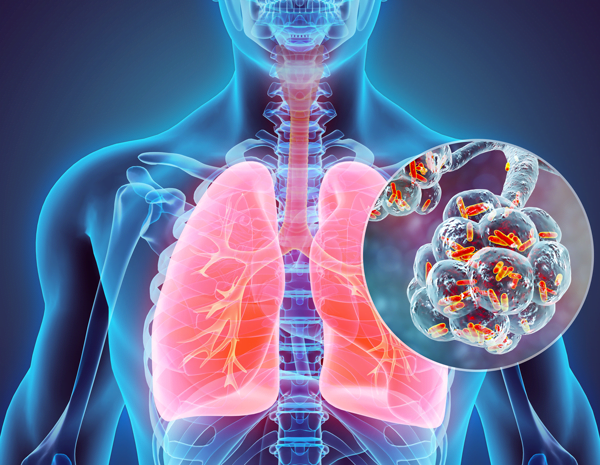
 Instagram
Instagram
Related Brands
Ink Poisoning: Symptoms and Treatment


Related products
Ink Poisoning – What is it?
An ink, a complex blend of pigments and colours, comes in liquid, paste, or even powder form. Various inks are available depending on the need, such as for taking notes in class or printing newspapers and periodicals. Any ink substance consumed accidentally or on purpose results in ink poisoning. Skin or eye contact can result in exposure. We diagnose the disorder using a combination of signs and symptoms, the clinical history, and further testing, which in some situations involves laboratory and radiographic tests.
Other names for ink poisoning include the following:
- Printing ink poisoning
- Fountain pen poisoning
- Ink toxicity
- Writing ink poisoning
What are the different types of inks and their compositions?
There are many different types of inks, depending on their application.
1. Writing and Printing Inks:
Ingredients usually consist of pigments, dyes, solvents, and additives. However, water-based inks are usually safer compared to solvent-based alternatives, as VOCs or volatile organic compounds (VOCs) found in solvents are harmful.
2. Tattoo Inks:
Pigments and carriers include, but are not limited to: purified water glycerine preservatives (such as parabens) stabilisers
Probable Risks: An array of toxic ingredients, among them heavy metals and organic pollutants are also included.
It is important to note that inks come in many different formulations, which affects the potential exposure risks.

What are the causes of Ink Poisoning?
Ink poisoning occurs when an individual ingests or swallows the ink. Skin or eye contact could potentially be the cause of the exposure. This consumption is either unintentional or deliberate in order to cause self-harm. Generally speaking, ink is a mixture of pigments and colours that include organic materials, petroleum-based oils, and some heavy metals. However, writing inks are generally safe; printing inks are not. The substance interferes with other prescribed or over-the-counter drugs in the body. These amplify or suppress the therapeutic effects of other drugs, resulting in undesirable side effects.
What are the Signs and Symptoms of Ink Poisoning?
Each person experiencing ink poisoning exhibits different indications and symptoms. It is moderate for some people and severe for others. Here are some symptoms and indicators of the condition.
Consuming large quantities of ink, particularly printer ink, can cause severe symptoms in the central nervous system. These symptoms include:
- The skin and the interiors of the mouth exhibit stains
- headaches
- nausea
- vomiting
Many people have observed that symptoms typically appear after consuming significant amounts of writing ink.
Irritation to the eye, skin, and mucous membranes.
Ink causes burning, irritation, and itching when it gets into the eyes or on the skin. Rinsing with cold water is the recommended course of action if ink gets on the skin or in the eyes. Wipe the eyes or skin thoroughly with water until all traces of the ink disappear. Be aware that the ink will momentarily stain the mucous membranes, skin, or white portion of the eye. It is unlikely that the ink will cause persistent or irreversible problems. If the person's eyesight is hazy or their discomfort doesn't go away after washing, one must see a doctor.
Ink poisoning with tattoos
In a 2015 survey of 2,225 American adults, 29% said they had at least one tattoo, while 69% said they had two or more. According to the U.S. Food and Drug Administration (FDA), ink must be a worry while getting a tattoo, in addition to being aware of unsanitary procedures and non-sterilised equipment. When mould or bacteria taint tattoo ink or colour, it can lead to grave skin infections. The FDA classifies tattoo ink as a cosmetic product. No pigments—ingredients that create colour—injected into the skin for cosmetic purposes have received FDA approval.
Can an allergic reaction to tattoos lead to infection?
A rash develops at the site of the tattoo. An infection or an allergic response is the cause. According to the Mayo Clinic, the following pigments are most likely to trigger allergic skin responses:
- Crimson
- Indigo
- Green
- Blue
High fever and sweating are symptoms of an aggressive illness. Antibiotics are usually used to treat an infected tattoo; however, surgery or hospitalisation is necessary.

What must you do if you have a reaction to tattoo ink?
To get a diagnosis and treatment, call the doctor first. The diagnostics determine whether the ink or other factors, like improper application, are causing the response. There are two primary reasons we need to consult the tattoo artist.
- Specifics about the ink, such as colour, brand, and batch number, are required by the physician.
- Tattoo artists want to identify the ink to prevent reuse.
- Consult with the physician about reporting the event to the FDA in order to update and distribute safety information.
What are the Various Treatment options for Ink Poisoning?
Depending on the severity of the symptoms and the patient's exposure, different treatments are required for ink poisoning that occurs through swallowing, touching the skin, or breathing.
1. Ingestion Treatment:
Ingesting ink requires an appropriate response to prevent potentially serious bodily injury. Do not make the patient vomit. Inducing vomiting does not help remove ink from their stomach and further irritate both the stomach and throat.
Water Intake: Tell the patient to drink water in moderation. This aids in blending any ingested ink and likely reduces the concentration of potential toxins in the GI system.
Call Poison Control: If a person needs further information on how to provide treatment, contact poison control centres or healthcare professionals immediately. They give specific instructions based on the type and amount of ink ingested, as well as an individual's symptoms.
Watch for Symptoms: If any symptoms, such as vomiting, a cut belly, or a neurological sign (unusual walking), appear, then track and follow through with treatment. Please promptly consult for further evaluation and management if symptoms do not improve or worsen.
2. Skin contact treatment:
If one knows that ink has touched the skin, sort it quickly to reduce irritation and absorption.
Soap and Water: Clean the burn with cold, soapy water as soon as possible. Cleaning the skin eliminates any remaining ink residue and reduces the likelihood of further absorption or irritation.
Topical: Apply light skin care products that hydrate the areas affected by the specific skincare regimen.
Moisturizer: This product provides hydration and alleviates dryness and potential irritation caused by ink that is constantly on the skin.
Consult a healthcare provider if redness, itching, or irritation continues even after an initial treatment. Keep an eye out for signs of infection, such as increased pain, swelling, and warmth, particularly if pus appears near the affected area, and seek medical assistance if you suspect an infection.
3. Inhalation Treatment:
Treatment is necessary if someone inhales ink fumes or aerosols to alleviate respiratory symptoms and shield them from additional exposure.
Go to Fresh Air: If a person inhales ink fumes, immediately get into a place with fresh air and good ventilation. Keeping the person away from danger eliminates any further inhalation of irritants.
Supportive Care: Help patients deal with respiratory symptoms as they arise, such as a cough or shortness of breath. Humidifiers or steam in the air soothe respiratory passages and take away irritation.
Medical Assessment: Seek immediate medical assessment if respiratory symptoms persist or are associated with lung irritation. Healthcare providers do lung function testing, assess for any problems, and give treatments if needed.
How do you administer first aid for ink poisoning?
First Aid Advice for Ink Poisoning: For immediate assistance, dial 911 or the local emergency number. For additional information, please contact the local poison control center or the Poison Control Centre. Give them details on the substance used, the amount and timing of ingestion, the afflicted person's age and weight, and their overall health state. Check for breathing and the presence of a pulse, and ensure that the airways remain protected. Do not make the afflicted person throw up unless directed by a medical practitioner. If there has been ocular exposure, carefully wash the affected eye with plenty of water (for about 15 minutes). Take the patient to the ER so that they can receive additional care. Attempt to always bring the chemical bottle or container to the emergency room.
The emergency medical practitioner takes the following measures to treat the condition:
Vital sign monitoring, medical management of symptoms and provision of respiratory support as required, intravenous drip line administration of fluids, and frequent and thorough washing of the skin and eyes (irrigation) to remove any leftover chemicals and remove stains are all part of the treatment plan.
Who must administer first aid for ink poisoning?
Healthcare experts give first aid for ink poisoning. The person affected or someone nearby must dial 911 (or the local emergency number) for immediate help. In addition, they need to follow directions after calling the national poison control centre or the regional one.
How can ink poisoning be prevented?
In places where substances are frequently used, such as spas, tattoo parlors, homestead settings, and printing shops, the prevention of ink poisoning is critical. When a person ingests or inhales ink, their skin absorbs it, leading to mild symptoms such as irritation and major complications. One can read about all of the safeguards here.
Safe Handling Practices
Protect yourself: Wear appropriate personal protective equipment (PPE) such as gloves, goggles, and masks any time a person is working with ink in bulk or during operations that could potentially expose them to substances, like mixing ink or cleaning around machines.
Workspaces such as printing or tattoo rooms require proper ventilation. The amount of ink in the air and fumes that can enter the lungs decreases with proper air circulation.
Storage and Disposal
Keep ink bottles, cartridges, and related supplies stored securely in locked cabinets or shelves away from the reach of children and pets. This design helps prevent accidental ingestion or exposure.
Dispose: Comply with local regulations when disposing of empty ink containers, used cartridges, and cleaning materials. Inks contain numerous chemicals that can be hazardous to the environment if not disposed of properly.

Educational Awareness
Ink handlers must receive comprehensive training. This included handling training, health hazards linked to different ink types, and the steps needed if there is an accidental exposure. Include warning labels to let people know what kind of ink is potentially hazardous, and display proper handling instructions if an emergency occurs, along with first aid protocol and contact information for poison control or medical assistance.
Regular skin checkups
Tattoo artists and tattoo recipients: Perform routine skin checks for signs of problems, like redness or swelling in one area but no others around the tattooed part of the body. Check in with a healthcare professional if a person exhibits any atypical signs of a heat-related illness.
Seek Medical Help: Urgently recommend a medical examination for anyone exhibiting symptoms, such as persistent skin irritation or respiratory issues, and who suspects they may have inked a tattoo.
These precautions help to reduce the risk of ink poisoning, and the process becomes much safer for artists working with them, as well as for people who have tattoos or those handling printing equipment at home. Training, precautions, and risk are all components one must incorporate to ensure that those professionals working in the workplace are safe.
What are some essential actions to take if you suspect ink poisoning?
If symptoms seem to be life-threatening, call 911 or the local emergency number for immediate help. Make a call to the Poison Control Centre, or the local poison control centre, and heed their advice.
Having simple access to the following data would be beneficial:
- The type, amount, and timing of the drug's consumption
- The person's age and weight
- Furthermore, the individual's overall health status is a significant factor.
People Also Ask
What is the prognosis for ink poisoning?
The quantity of material ingested, the interval between intake and therapy, the intensity of the symptoms, and the patient's overall health state all affect the prognosis of ink poisoning. If the patient is able to overcome their symptoms and receives the right medicine and early assistance, the prognosis is usually favourable. Writing inks are often non-toxic; therefore, there isn't much risk associated with this ailment. However, we must only evaluate the prognosis individually after consuming large amounts of printer ink. Toxicities are often prevalent in emergency rooms. With the right care, most cases don't always result in death.
What are the long-term side effects of ink poisoning?
The long-term side effects of ink poisoning are rare but occurs in cases of significant exposure to the toxic ingredients of an ink. Prolonged exposure and contact with toxic ink substances often lead to the damage of vital organs such as liver and kidneys. Moreover, neurological signs and symptoms may also occur such as cognitive decline or memory loss on exposure to toxic ink fumes. Certain studies also hints the role of chronic ink poisoning in increasing the risk of cancers. It is essential to minimise the exposure to ink, especially printing ink, and seek opinion from a healthcare expert in case one suspects ink poisoning due to a set of specific signs and symptoms.
Conclusion
Ink poisoning occurs when an individual ingests or swallows the ink. Skin or eye contact could potentially be the cause of the exposure. This consumption is either unintentional or deliberate in order to cause self-harm. Any ink substance consumed accidentally or on purpose results in ink poisoning. Skin or eye contact can result in exposure to certain harmful ingredients present in the ink. Water-based inks are usually safer compared to solvent-based alternatives, as volatile organic compounds (VOCs) found in solvents are harmful.
Tattoo inks contain an array of toxic ingredients, among them heavy metals and organic pollutants are also included. Each person experiencing ink poisoning exhibits different indications and symptoms. Common signs and symptoms of ink poisoning include headaches, stained lips and oral cavity, nausea and vomiting. Printing ink also causes burning, irritation, and itching when it gets into the eyes or on the skin. Skin rash often develops at the site of getting ink tattoo. Pigments are most likely associated with such reactions include crimson, indigo, green and blue.
There are various treatment options available to treat ink poisoning that depends on the extent of patient’s exposure and the severity of symptoms. These options include advising the patient to consume moderate quantities of water without inducing vomiting. It is essential to call the poison control team while watching the affected individual for developing extreme symptoms such as severe vomiting or neurological impairment signs such as unusual walking. Skin symptoms can be relieved with the help of soap and water and use of an appropriate moisturiser that must keep the affected skin hydrated. Inhalational treatments for ink poisoning include seeking fresh air, provision of supportive care to treat the respiratory symptoms and monitor the lung fields for possible signs of airway damages.















 Rated Excellent by 26,523+ Reviews
Rated Excellent by 26,523+ Reviews